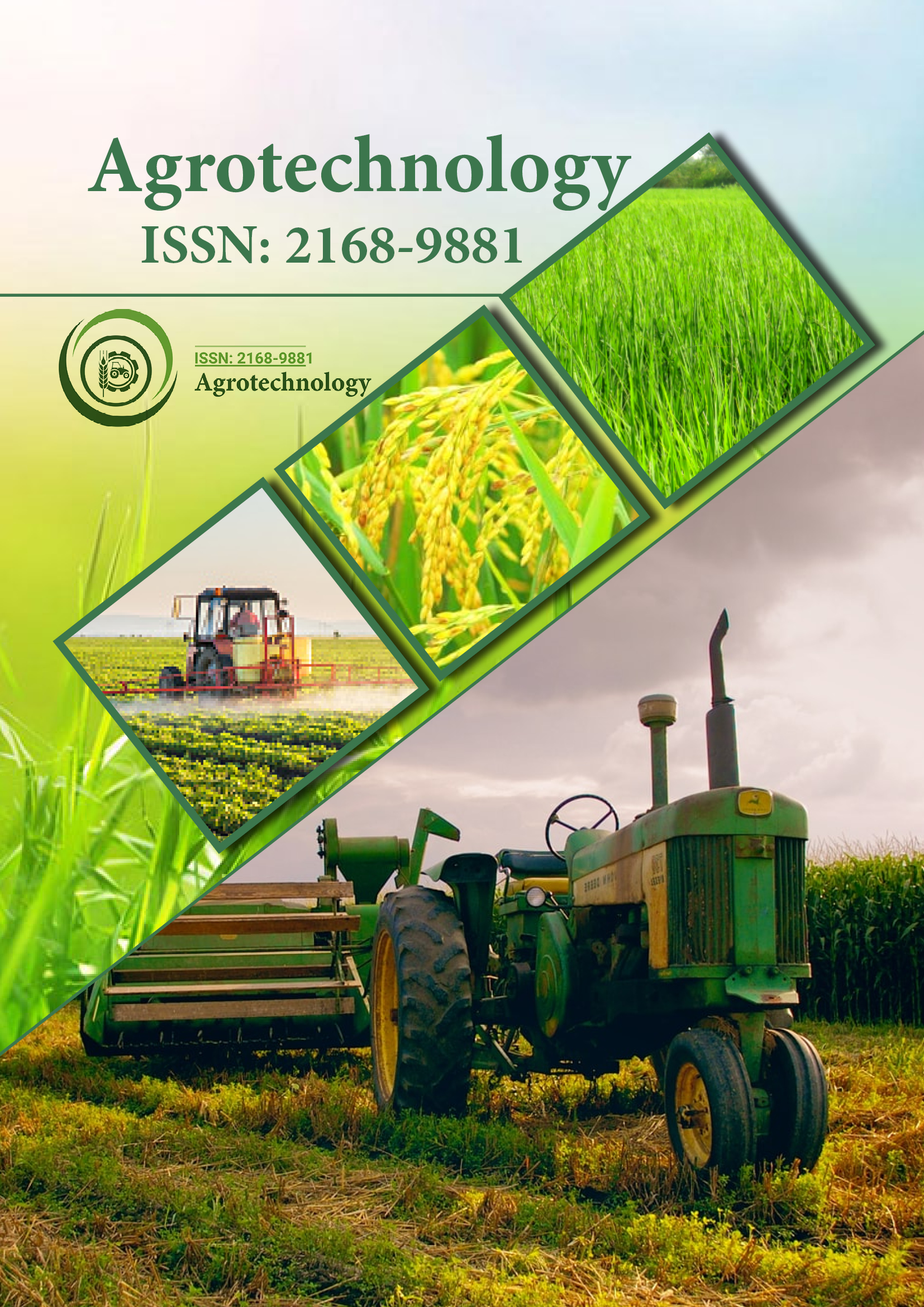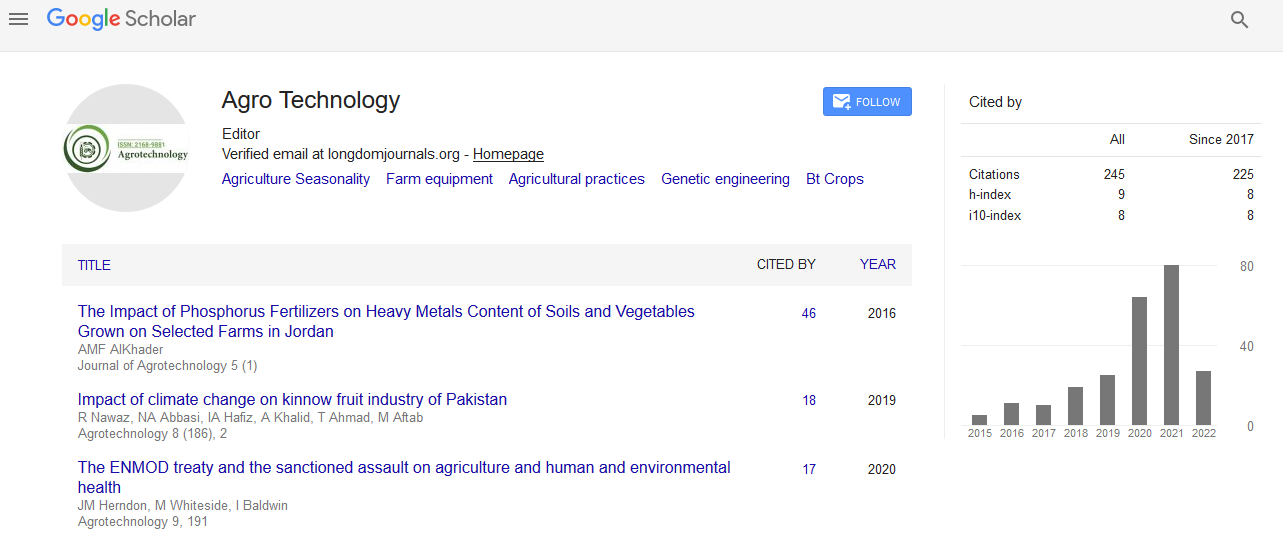Indexed In
- Open J Gate
- Genamics JournalSeek
- Academic Keys
- ResearchBible
- Cosmos IF
- Access to Global Online Research in Agriculture (AGORA)
- Electronic Journals Library
- RefSeek
- Directory of Research Journal Indexing (DRJI)
- Hamdard University
- EBSCO A-Z
- OCLC- WorldCat
- Scholarsteer
- SWB online catalog
- Virtual Library of Biology (vifabio)
- Publons
- Geneva Foundation for Medical Education and Research
- Euro Pub
- Google Scholar
Useful Links
Share This Page
Journal Flyer

Open Access Journals
- Agri and Aquaculture
- Biochemistry
- Bioinformatics & Systems Biology
- Business & Management
- Chemistry
- Clinical Sciences
- Engineering
- Food & Nutrition
- General Science
- Genetics & Molecular Biology
- Immunology & Microbiology
- Medical Sciences
- Neuroscience & Psychology
- Nursing & Health Care
- Pharmaceutical Sciences
Response of physiological and biomass production of baby spinach (Spinacia oleracea L) leafy vegetable to nitrogen, phosphorus and potassium nutrition
4th International Conference on Agriculture & Horticulture
July 13-15, 2015 Beijing, China
Fhatuwani Mudau N1, Nemadodzi L E1, Araya H2 and MakunguM2
Scientific Tracks Abstracts: Agrotechnol
Abstract:
Baby spinach is a relatively a new crop in South Africa which, has a commercially significant and is reputed to have health attributes such as protection against degenerative diseases of ageing, such as heart disease, cardiovascular disease, Alzheimer‚??s disease, cataracts and several forms of cancer. Three parallel NPK trials to investigate the response of baby spinach vegetable to Nitrogen (N), phosphorus (P) and potassium (K) on growth and development were conducted. N and P treatments were arranged as follows ., 0, 45, 75, 105, 120 kg‚??ha-1 N and P and K treatments arranged as 0, 63, 85, 127, 148 kg‚??ha-1 arranged in a randomized complete block designed with four replicates. Results showed that yield, dry matter, chlorophyll content, leaf area index were significantly increased by increasing N application, while K had no significant significance and effect on the yield, dry matter, chlorophyll content, stomatal conductance except on the leaf area index. Nitrogen treatments quadratically increased fresh yield, dry matter and chlorophyll content reaching maximum at 75 Kg N ha -1. Phosphorus application showed a significance yields, dry matter as well as chlorophyll content reaching maximum at 75 kg P ha-1. Therefore, to achieve optimum growth for N and P, 75 kg‚??ha-1 N or P is recommended. The NPK combined trial arranged as 0, 30: 30: 40, 45:45:60, 60:60:70, 75:75:90 kg‚??ha-1 arranged in a randomized complete block design with three replicates. The results showed that high yields, chlorophyll content, fresh and dry matter reached maximum where NPK combined was applied at 45:45:60kg‚?? ha-1.
Biography :
Fhatuwani Mudau N is currently working as Professor at University of South Africa, South Africa.


